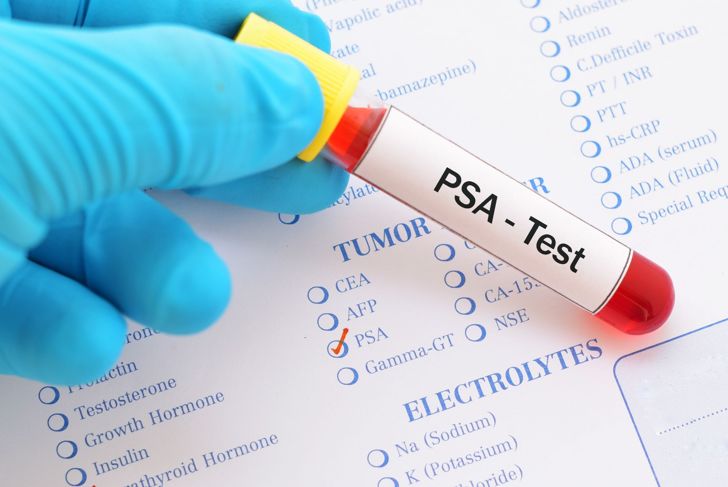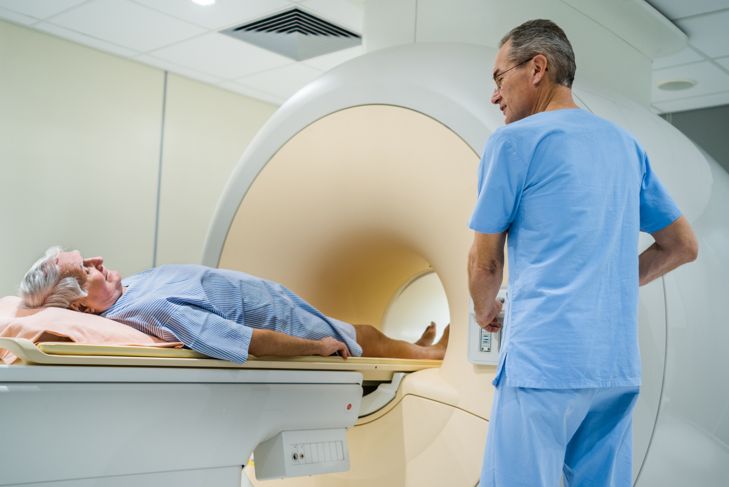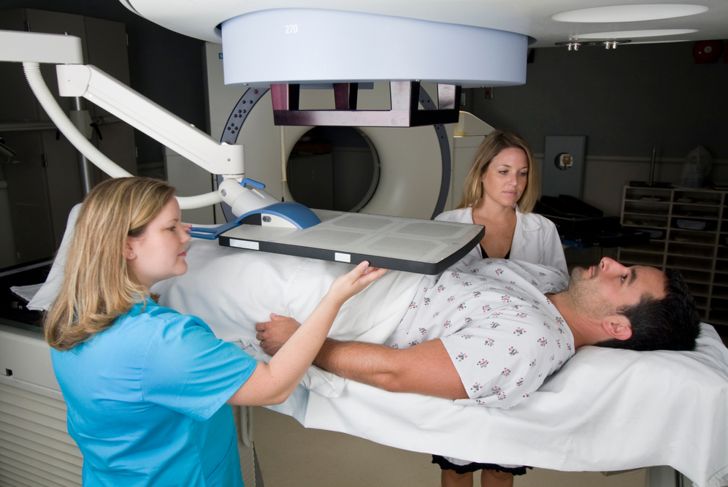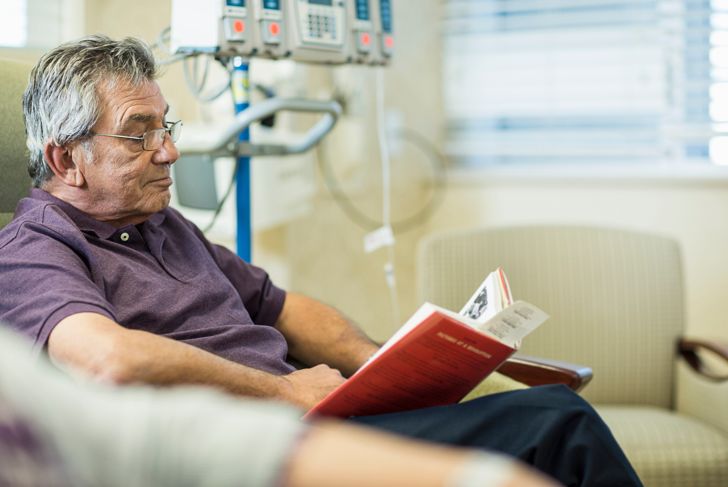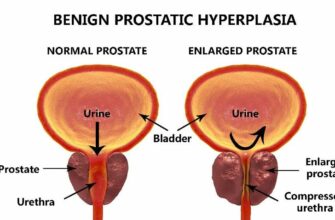The prostate is part of the male reproductive system, a small walnut-shaped gland that produces the seminal fluid that helps transport and nourish sperm. It sits just below the bladder and surrounds the urethra, the tube that empties urine from the bladder.After skin cancer, prostate cancer is the most common cancer in men. Some types of prostate cancer grow slowly, while others are aggressive and spread quickly.
T1 Prostate Cancer
There are four clinical stages describing prostate cancer: T1, T2, T3, and T4. T1 prostate cancer is when the tumor is not felt during an exam or seen on imaging. It is often discovered incidentally when treating another condition.T1a is when the cancer is discovered during surgery for benign prostatic hyperplasia — abnormal growth of the prostate — and less than five percent of the removed tissue is cancer cells. T1b is discovered the same way, only cancer is in more than five percent of the removed tissue. T1c is when the cancer is found during a needle biopsy to examine high levels of prostate-specific antigen (PSA), proteins produced by the prostate in the blood.
T2 and T3 Prostate Cancer
T2 and T3 prostate cancers are more serious that T1. In T2, the cancer is large enough for the doctor to feel during an exam. It may be seen on imaging, but it appears confined to the prostate. This stage is broken down further. In T2a, the tumor has invaded half or less than half of one side of the prostate. T2b is when the tumor has spread to more than half of one side of the prostate; in T2c, it has spread to both sides of the prostate.In a patient with T3 prostate cancer, the tumor has spread outside of the prostate. In T3a, it has not spread to the seminal vesicles that contribute to sperm production; in T3b, it has.
T4 and Gleason Score
T4 prostate cancer is the most serious. At this stage, cancer has spread outside of the prostate and seminal vesicles and may be growing in the bladder, rectum, or urethra.Prostate cancer is also assigned a Gleason score after removal that describes how much the cancer has spread, accounting for the tumor (T), lymph nodes (N), and metastasis (M). For example, N0 means that cancer has not spread to any lymph nodes, while M1 means it has spread to distant parts of the body.
Signs of Prostate Cancer
Prostate cancer rarely has symptoms in the early stages, but warning signs appear as it progresses. Some of these symptoms include slow urine flow, painful or frequent urination, blood in the urine, loss of bowel or bladder control, pain or numbness, painful ejaculation, or blood in the semen.
Risk Factors
All men have a prostate, so all men are at risk of developing prostate cancer, but some have an increased risk. Age is the biggest factor increasing likelihood. The older a man is, the more likely he is to develop prostate cancer.Men who have a history of prostate cancer in their family are also at higher risk, and African-American men are not only more likely to get prostate cancer but are also more likely to get it at a younger age and twice as likely to die from it as other ethnicities.
Screening
Two screenings are commonly used to detect prostate cancer. A prostate-specific antigen test or PSA test measures the amount of PSA in the blood. High levels can indicate prostate cancer, but they can also mean many other things. Medications, medical procedures, and infection can also cause elevated PSA levels, which is why a doctor often recommends a biopsy if high PSA levels are detected.The second screening is a digital rectal exam, where the doctor feels the prostate through the rectum to check for anything abnormal, though there are many questions as to whether this exam is beneficial.
Diagnosis
If the doctor uncovers anything abnormal during a screening, further tests are needed. An ultrasound allows the doctor to look at the prostate to determine if any tumors are present, and an MRI may be required to provide a more detailed image to determine the next step. If a problem is suspected, the doctor will likely do a biopsy by inserting a thin needle into the prostate to collect a tissue sample. A lab then analyzes this sample to determine if cancer is present.
When to Treat
Not all prostate cancer needs treatment right away. If the cancer grows slowly, the doctor may wait and see when and if symptoms appear.Sometimes, doctors recommend active surveillance. In this approach, they closely monitor PSA tests, perform regular biopsies, and only begin treatment if the cancer worsens or starts to cause symptoms. In some cases, doctors may not perform any tests and treat symptoms as they appear. This watchful waiting approach is usually for patients who are older and not expected to live more than ten years.
Surgery
Surgery is a viable treatment option for patients in otherwise good health if their cancer is limited to the prostate. Doctors may remove the entire prostate, seminal vesicles, and surrounding tissue.Radiation therapy is another option for these patients and may be done in conjunction with surgery. External radiation uses a machine to direct radiation, while internal radiation involves radioactive seeds being surgically placed inside the tissue near the cancer cells to destroy them.
Other Treatment Options
Other treatment options are also available, including cryotherapy, where the doctor places a probe near the cancer cells to freeze them. Chemotherapy uses strong medication either by mouth or through an IV to kill the cancer cells.Other options are biological therapy, which works with the immune system to kill cancer cells, and hormone therapy, which blocks cancer cell growth by stopping the cells from getting the hormones they need to grow.

 Home
Home Health
Health Diet & Nutrition
Diet & Nutrition Living Well
Living Well More
More




